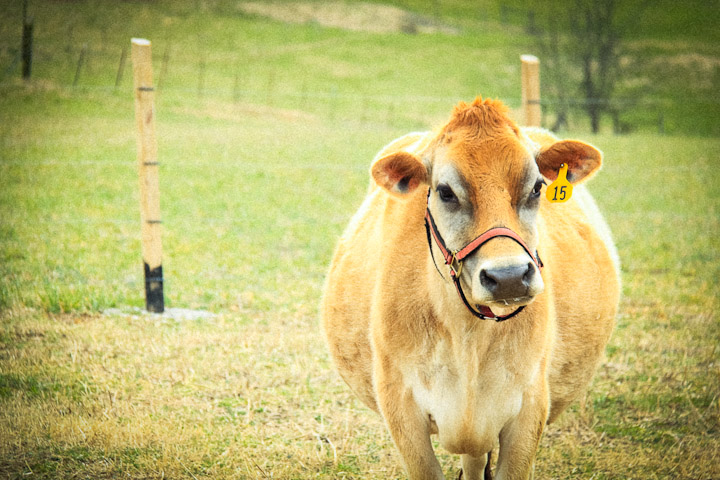Indoor Sprouting Raw Food For Fun and Nutrition
Indoor Sprouting Raw Food For Fun and Nutrition
Indoor sprouting raw food for fun and nutrition can be made easy if you follow a few simple guidelines. Before most people become sufficiently motivated to consider growing their own sprouts, they usually undergo a transition period during which they prefer to purchase their sprout already-grown. If you are one of these people, look for alfalfa, mung (common bean sprouts), garbanzo, lentil, and mixes of other seeds, as well as sunflower, sweet pea and buckwheat baby greens at your local health-food store or supermarket.
However, there will come a time when you will want to improve the quality and variety of sprouts in your diet, thereby having the opportunity to become an indoor gardener, the benefits of which are considerable.
Why sprout? Economic savings, freshness, quality, ease of digestion, oxygen, enzymes, vitamins, minerals, no pesticides or chemicals
Guidelines for sprouting:
1. Dry-seed Storage: store raw nuts, seeds, grains, beans, and legumes in a sealed container in a cool, dry place (refrigerator and freezer are best), thereby lengthening the dry-storage life of your food. Remember that only raw seeds sprout.
2. The soaking Stage. Soak all nuts, seeds, grains, beans, and legumes before using them even if you plan to cook them. This process constitutes an incubation period that eliminates enzyme-inhibitors (toxic acidic factors) from the seeds. Starchy seeds (grain, legumes) should be soaked in warm water. For nuts and larger seeds that are soaked for more than 12 hours, replace the water after the initial 12 hours. Measure the appropriate amount of seed and place it into a container. Add at least twice the amount of water as there is of seed.
3. The Sprouting Stage. After the seeds have soaked for the recommended time, pour the cloudy water (houseplants thrive on this water) and rinse the seeds well.
Place the sprouting container so that the soaked seeds stay well-drained yet moist, get adequate air, and are kept warm in a dark or semi-dark location during the germination and sprouting stages.
During the sprouting process, rinse and drain the growing sprouts every 12 hours (in extreme summer heat, rinse in cool water every 6 hours).
4. Greening. The small vegetable-seeds usually cultivate chlorophyll after developing their first two leaves. Place these sprouts in strong, indirect sunlight for 1-2 days to maximize greening.
5. Harvesting. To harvest most sprouts and baby greens, place them into a large bowl of water to wash away the hulls. Allow the cleaned sprouts to dry for several hours before putting them into the refrigerator.
6. Sprout-Storage. To store sprouts in the refrigerator, place them into glass or plastic containers lined with paper-towels to absorb excessive moisture.
Learn more about my personal story discovering and applying proven principles of indoor sprouting raw food for the Hippocrates health lifestyle. Cindy Soto is a Certified Health Educator from Hippocrates Health Institute.
